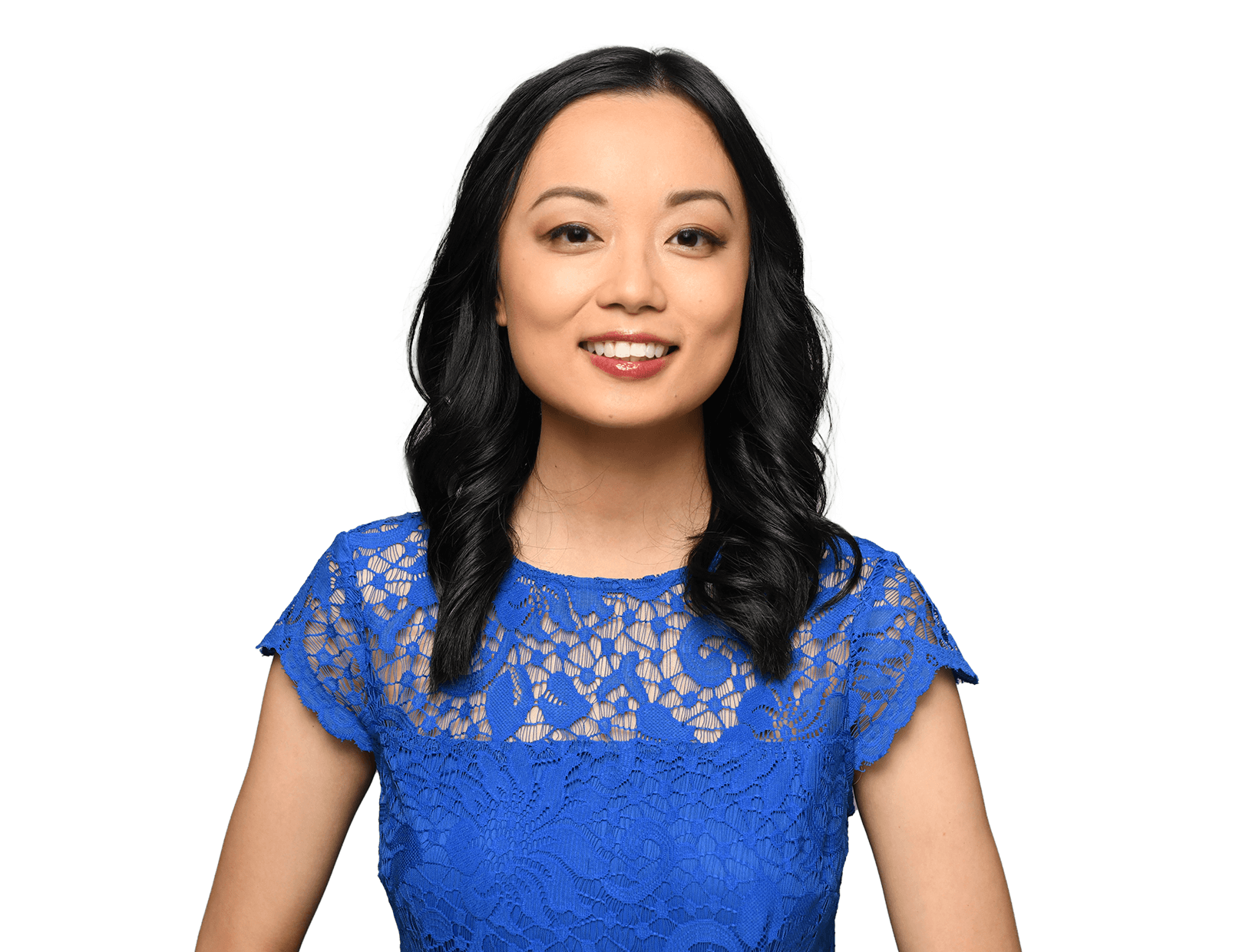Blog
A Biosimilar's Guide to the BPCIA Patent Dance: Five Key Questions for Every Biosimilar Applicant to Consider
Fish & Richardson
Authors
-
- Name
- Person title
- Associate

-
- Name
- Person title
- Associate

The Biologics Price Competition and Innovation Act (BPCIA) was enacted in 2010 to provide an abbreviated regulatory pathway for biosimilars. One of the BPCIA's key features is a patent dispute resolution process known as the "patent dance." Although the statute provides the general framework for the dance—e.g., that the biosimilar applicant triggers the dance by producing to the reference product sponsor its biologics license application (BLA) once accepted by FDA, followed by a step-by-step exchange of contentions and negotiations—many questions remained open for interpretation. In the 10 years since the BPCIA's enactment, courts have begun providing answers. Here we highlight five patent dance questions for biosimilar applicants to consider:
Q1. Must a biosimilar applicant engage in the patent dance?
No.
The Supreme Court held that a biosimilar applicant cannot be forced to engage in the patent dance by an injunction under federal law. Sandoz Inc. v. Amgen Inc., 137 S. Ct. 1664 (2017). And the Federal Circuit further held that a biosimilar applicant cannot be forced to engage in the patent dance using state law remedies—such as unfair competition or unlawful business practice claims—because "the BPCIA preempts state law claims predicated on an applicant's failure to comply with § 262(l)(2)(A)." Amgen Inc. v. Sandoz Inc., 877 F.3d 1315, 1327 (Fed. Cir. 2017).
Q2. Can a biosimilar applicant bring a declaratory judgment action to clear patent rights before FDA accepts its BLA or mid-way through the patent dance?
Likely no.
So far biosimilar manufacturers have not been able to jump-start patent litigation via a declaratory judgment action filed before BLA submission. For example, Sandoz unsuccessfully filed an action seeking a declaration of invalidity, unenforceability, or non-infringement of patents covering Amgen's Enbrel® biologic on the same day it began a Phase III trial of its Enbrel® biosimilar. See Sandoz Inc. v. Amgen Inc., 773 F.3d 1274 (Fed. Cir. 2014). The district court dismissed and the Federal Circuit affirmed, holding that Sandoz lacked Article III standing because it had not established a "case or controversy." The Federal Circuit reasoned that there was simply too much uncertainty: Sandoz's Phase III trial could fail, in which case it would not file a BLA, or Sandoz could modify the product being tested before seeking approval, which might eliminate a patent dispute. Biosimilar manufacturer Celltrion similarly saw its declaratory judgment action dismissed when it tried to invalidate patents covering Remicade® before it filed a BLA for its biosimilar. See Celltrion Healthcare Co., Ltd. v. Kennedy Trust for Rheumatology Research, No. 14 Civ. 2256(PAC), 2014 WL 6765996 (S.D.N.Y. Dec. 1, 2014) (dismissing for lack of subject matter jurisdiction).
Courts have also rejected attempts by biosimilar applicants to short-circuit the patent dance by filing a declaratory judgment action before they finished dancing. The BPCIA does not allow biosimilar applicants to bring declaratory judgment actions during the patent dance (see 42 U.S.C. 262(l)(9)(B)). However, some biosimilar applicants have relied unsuccessfully—on the Supreme Court's statement that "either party may sue for declaratory relief" during the second phase of litigation under the BPCIA, see Sandoz v. Amgen, 137 S. Ct. at 1672, to argue that notice of commercial marketing opens the door for filing a declaratory judgment action before the patent dance is complete. For example, Amgen filed a BLA for its proposed Avastin® biosimilar and started the patent dance, but then provided notice of commercial marketing to Genentech and filed a declaratory judgment action before completing the patent dance's final negotiation steps. The Central District of California dismissed Amgen's suit. See Amgen, Inc. v. Genentech, Inc., No. CV 17-7349-GW(AGRX), 2018 WL 910198 (C.D. Cal. Jan. 11, 2018) (declining declaratory judgment jurisdiction under its discretion), incorporated by reference into 2018 WL 718418 (C.D. Cal. Feb. 2, 2018). The court concluded that allowing Amgen "to side-step the BPCIA's exchange and negotiation requirements and bring suit on any patent simply by filing its notice of commercial marketing would effectively vitiate the BPCIA's provisions." On similar facts, the Northern District of California dismissed Celltrion's declaratory judgment suits concerning patents covering Genentech's Herceptin® and Rituxan®. See Celltrion, Inc. v. Genentech, Inc., No. 18-CV-00274-JSW, 2018 WL 2448254 (N.D. Cal. May 9, 2018) (dismissing Celltrion's complaints for failure to state a claim), appeal dismissed, No. 2018-2160, 2018 WL 7046651 (Fed. Cir. Nov. 30, 2018).
Q3. What are the ramifications if a biosimilar applicant skips parts of the patent dance?
A biosimilar applicant may face several ramifications for skipping parts of the patent dance:
- Per the BPCIA, the biosimilar applicant may open itself up to an immediate declaratory judgment action by the reference product sponsor. Under 42 U.S.C. § 262(l)(9)(C), if the biosimilar applicant "fails to provide the application and information required under paragraph (2)(A), the reference product sponsor, but not the [biosimilar] applicant, may bring an action under section 2201 of title 28 for a declaration of infringement, validity, or enforceability of any patent that claims the biological product or a use of the biological product." 42 U.S.C. § 262(l)(9)(C) (emphasis added).
- According to one district court, a biosimilar applicant that skips parts of the dance will not trigger the 30-day clock for bringing the first phase of BPCIA litigation and the limitations on damages that follow if suit is filed later than 30 days. Under the BPCIA, if a reference product sponsor fails to bring a suit within 30 days of completing the patent dance, then its "sole and exclusive remedy" for infringement will be a reasonable royalty. 42 U.S.C. § 262(l)(6)(A); 35 U.S.C. § 271(e)(6)(B). The District of Massachusetts held that the 30-day clock was not triggered where biosimilar applicant Celltrion had skipped the negotiation steps of the patent dance. See Janssen Biotech, Inc. v. Celltrion Healthcare Co., 239 F. Supp. 3d 328, 332 (D. Mass. 2017) ("It is only the list of patents that emerge from the properly completed BPCIA procedure that are potentially subject to the reasonable royalty damages limitation.").
- The biosimilar applicant may be barred from bringing a declaratory judgment suit in the second phase of litigation following notice of commercial marketing. See Celltrion, 2018 WL 2448254, at *8; Amgen, 2018 WL 910198, at *2. It is an open question whether a biosimilar applicant can "resurrect" the dance once any step is skipped. After its declaratory judgment suit was dismissed, Celltrion reengaged in the patent dance; Genentech participated "out of an abundance of caution" despite its objections to Celltrion's attempts to "resurrect" the dance. See No. 1:18-cv-11553 (D.N.J), Dkt. 1 at 2; No. 1:18-cv-01025 (D. Del.), Dkt. 1 at 5. Genentech then filed new patent infringement lawsuits against Celltrion, but the parties settled before the courts could address whether the dance could be "resurrected." Id.
- A court may consider the biosimilar applicant's lack of good-faith participation in the patent dance as part of its analysis in determining injunctive relief. In Sandoz v. Amgen, the Supreme Court expressly declined to take a position on "whether a district court could take into account an applicant's [failure to start the patent dance] (or any other BPCIA procedural requirement) in deciding whether to grant a preliminary injunction under 35 U.S.C. § 271(e)(4)(B) or § 283 against marketing the biosimilar." 137 S. Ct. at 1675 n.2.
Q4. Are the factual statements that a biosimilar applicant makes during the patent dance always dispositive for assessing infringement later in litigation?
No. While a biosimilar applicant's factual statements have some probative weight as party admissions, they are not always dispositive.
In Amgen v. Apotex, the court allowed a biosimilar applicant to revise factual statements that it made during the patent dance. See Amgen Inc. v. Apotex Inc., 712 F. App'x 985 (Fed. Cir. 2017). In that case, Amgen (the reference product sponsor) tried to use Apotex's patent dance disclosures of certain protein concentrations to prove infringement, but Apotex's expert testified that the earlier disclosures were factually inaccurate and that the true protein concentrations fell outside of Amgen's asserted patent claims. The district court credited the expert's testimony and held that Apotex did not infringe. The Federal Circuit affirmed, concluding that although Apotex's patent dance disclosures were "party admissions and have some probative weight," the district court did not err in finding these statements "not sufficiently probative to outweigh other evidence presented at trial indicating that the information in the letters was inaccurate." Id. at 989—90.
Q5. Is a biosimilar applicant limited by the invalidity and unenforceability contentions it discloses during the patent dance later in litigation?
No, according to the limited case law to date.
The only district court that has weighed in on this question concluded that a biosimilar applicant is not limited by its patent dance contention theories. See Genentech, Inc. v. Amgen Inc., No. CV 17-1407-CFC, 2020 WL 636439 (D. Del. Feb. 11, 2020). In that case, Genentech argued that Amgen's counterclaims and defenses based on new invalidity and enforceability contentions should be dismissed or stricken because Amgen had failed to disclose them during the patent dance. Citing the Supreme Court's decision in Sandoz v. Amgen, the district court concluded that the remedial provisions of the BPCIA provided the exclusive remedy for a biosimilar applicant's failure to meet its patent dance obligations. See 42 U.S.C. § 262(l)(9). While those provisions allow the reference product sponsor, but not the applicant, to bring an action for declaratory judgment, they do not limit a biosimilar applicant's defenses. The district court also observed that Genentech had not "point[ed] to anything in the BPCIA or to case law interpreting the BPCIA that would support barring a biosimilar applicant from making in a BPCIA case contentions not disclosed in the patent dance." 2020 WL 636439, at *4.
Authors: Michael Anderson, Kayleigh McGlynn, Grant Rice, Jenny Shmuel, Cheryl Wang
The opinions expressed are those of the authors on the date noted above and do not necessarily reflect the views of Fish & Richardson P.C., any other of its lawyers, its clients, or any of its or their respective affiliates. This post is for general information purposes only and is not intended to be and should not be taken as legal advice. No attorney-client relationship is formed.